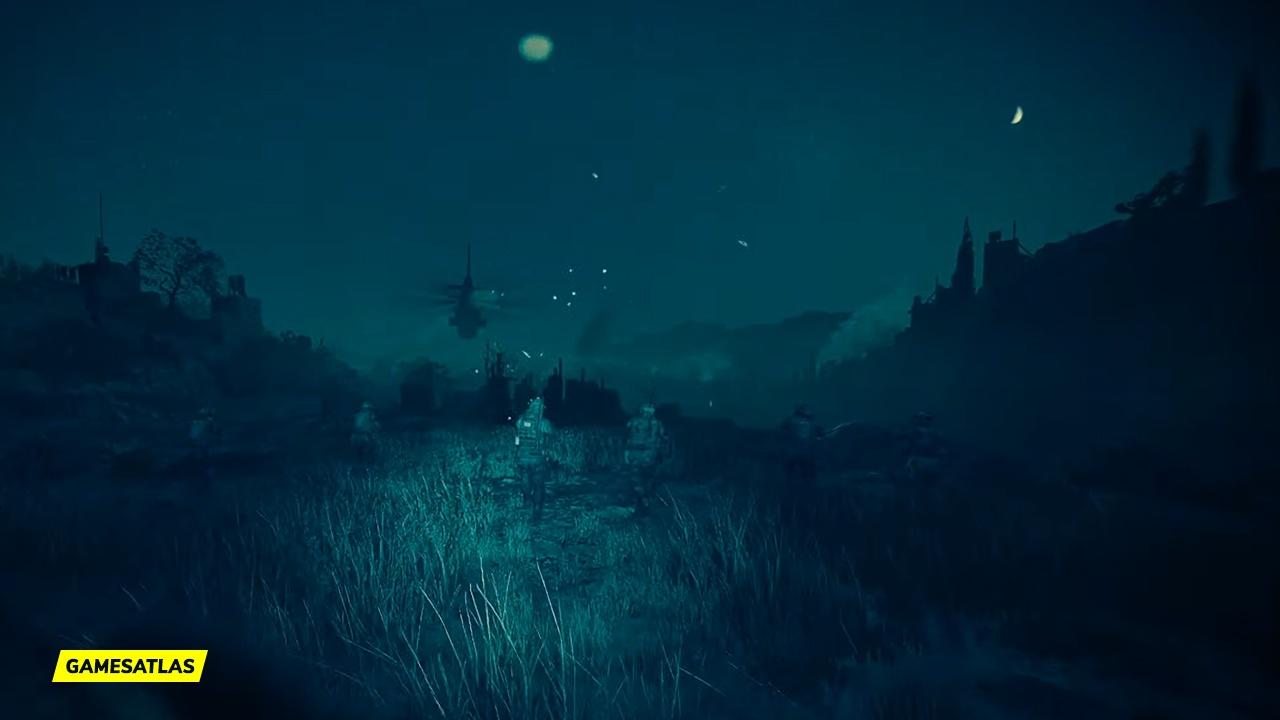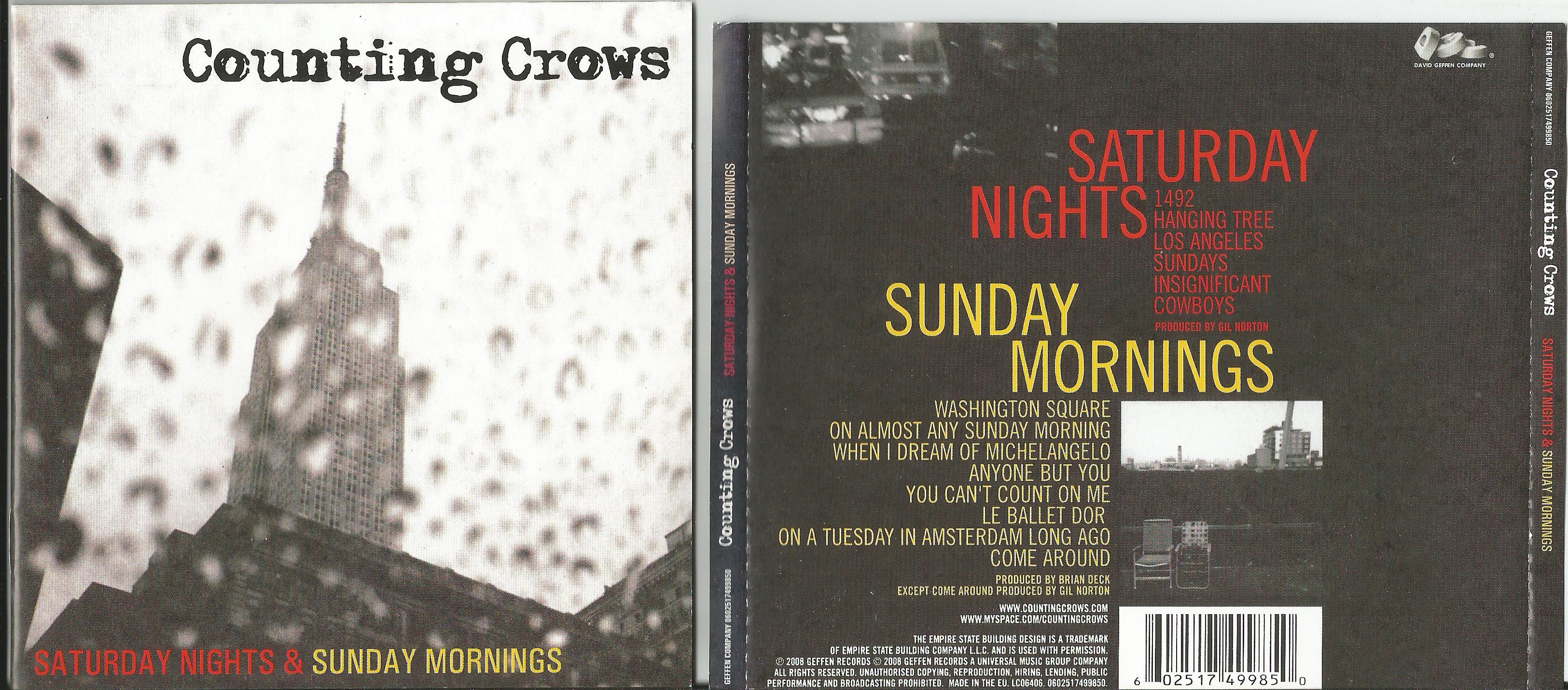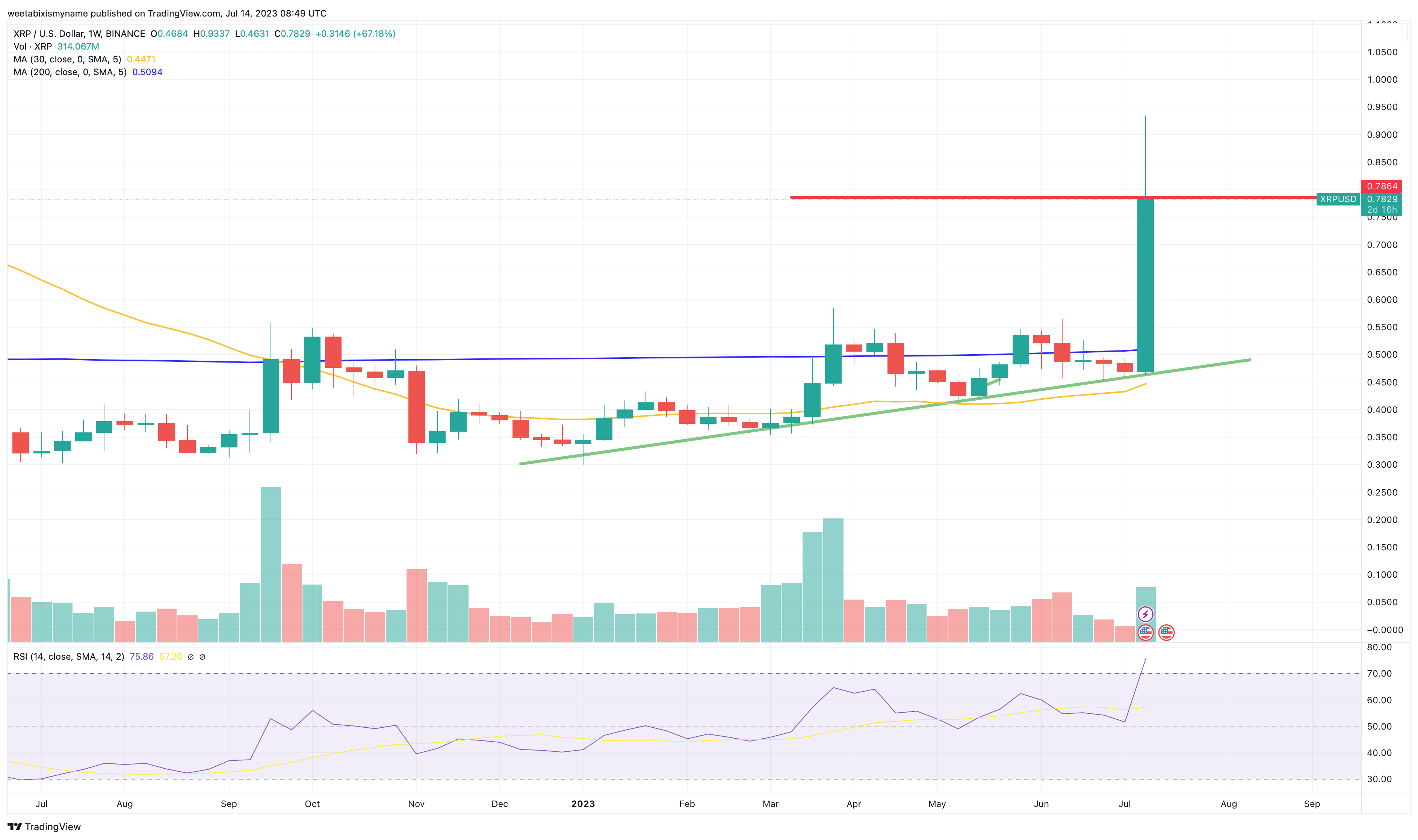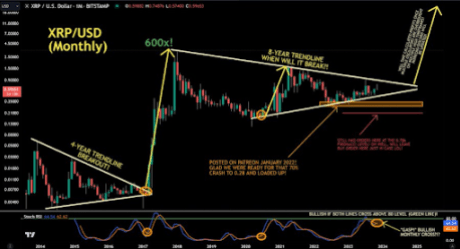Exploring Warfare: 5 Movies That Capture Action And Heart

Table of Contents
Saving Private Ryan (1998): The Brutality and Sacrifice of War
Steven Spielberg's Saving Private Ryan is a landmark achievement in war movie realism. Its depiction of the D-Day landings is visceral and unflinching, immediately immersing the viewer in the chaos and brutality of the Normandy invasion. The film's power lies not just in its intense battle scenes, but in the emotional journey of Captain Miller (Tom Hanks) and his squad. Their mission to find Private Ryan, whose brothers have been killed in action, becomes a powerful exploration of brotherhood, sacrifice, and the moral ambiguities of war.
- Intense Battle Scenes: The opening sequence alone is a masterclass in cinematic warfare, showcasing the sheer terror and chaos of the invasion.
- Emotional Arc: Captain Miller's journey is one of evolving purpose; he begins driven by duty and ends grappling with the profound cost of war. His relationship with Private Ryan is deeply affecting.
- Lasting Legacy: Saving Private Ryan profoundly impacted the war film genre, raising the bar for realism and emotional depth in subsequent movies about WWII.
Apocalypse Now (1979): The Psychological Horror of Warfare
Francis Ford Coppola's Apocalypse Now is a hallucinatory descent into the madness of the Vietnam War. It's not merely an action movie; it’s a psychological horror film disguised as a war epic. The film uses stunning imagery and symbolism to convey the moral decay and disillusionment that permeated the conflict. Captain Willard's journey upriver becomes a metaphor for the descent into darkness, mirroring the psychological breakdown of the soldiers fighting in the brutal jungle.
- Iconic Scenes: From the napalm attack to the unforgettable encounter with Kurtz, the film is packed with iconic scenes that have indelibly imprinted themselves on cinematic history.
- Themes of Disillusionment: Apocalypse Now masterfully depicts the dehumanizing effect of war, blurring the lines between sanity and madness, and leaving the audience questioning the very nature of morality in such a brutal conflict.
- Visual Style: The film’s unique visual style, with its grainy texture and atmospheric lighting, significantly enhances the unsettling and surreal atmosphere.
Platoon (1986): The Brotherhood and Betrayal on the Battlefield
Oliver Stone's Platoon offers a raw and unflinching look at the Vietnam War from the perspective of a young soldier. It powerfully portrays the intense camaraderie and equally intense conflicts within a single platoon. The film explores the moral dilemmas faced by soldiers caught in the crossfire of war, highlighting the brutality of combat and the psychological toll it takes on its participants.
- Complex Relationships: The film expertly weaves together a tapestry of relationships, showcasing both the bonds of brotherhood and the devastating betrayals that war can foster.
- Psychological Impact: Platoon doesn’t shy away from depicting the PTSD and other psychological scars that soldiers carry long after leaving the battlefield.
- Brutal Reality: The film offers a starkly realistic portrayal of the uncertainty, fear, and violence that define the soldier's experience.
Letters from Iwo Jima (2006): A Different Perspective on Warfare
Clint Eastwood’s Letters from Iwo Jima provides a unique and vital perspective on the Pacific Theater of World War II. By focusing on the Japanese soldiers defending Iwo Jima, the film humanizes the enemy, challenging conventional war narratives. It offers a poignant and deeply moving portrayal of their courage, resilience, and ultimate sacrifice, reminding us of the shared human cost of warfare, regardless of nationality.
- Powerful Storytelling: The film’s emotional depth stems from its intimate focus on the individual experiences of the Japanese soldiers.
- Humanizing the Enemy: Letters from Iwo Jima cleverly subverts expectations by demonstrating the humanity of the opposing side, forcing audiences to confront the complexities of war and the shared human experience.
- Eastwood’s Direction: Eastwood’s masterful direction creates a powerful and deeply moving cinematic experience.
Dunkirk (2017): The Sheer Terror and Triumph of Survival
Christopher Nolan’s Dunkirk masterfully reconstructs the harrowing evacuation of Dunkirk during World War II. The film's innovative storytelling uses multiple perspectives and timelines to create a gripping and immersive experience. It’s less focused on large-scale battles and more on the intense suspense and the remarkable acts of human endurance in the face of overwhelming odds.
- Immersive Sound Design: The film's impactful sound design significantly contributes to its intense and claustrophobic atmosphere.
- Non-linear Narrative: Nolan's use of non-linear storytelling creates a sense of immediacy and tension, keeping the audience on the edge of their seats.
- Sense of Immediacy: The film creates a powerful sense of immediacy and realism, placing the viewer directly into the heart of the action.
Conclusion
These five films, while vastly different in their settings, styles, and approaches, all share a common thread: they successfully blend thrilling action sequences with emotionally resonant storytelling. From the gritty realism of Saving Private Ryan to the psychological horror of Apocalypse Now, the brotherhood depicted in Platoon and the unique perspective of Letters from Iwo Jima, and the suspenseful tension of Dunkirk, each film offers a unique and unforgettable glimpse into the complexities of warfare. Explore the cinematic world of warfare by watching these powerful films, and then share your thoughts – which movie best captures the action and heart of warfare for you? Discover more impactful war films and delve deeper into the emotional landscape of warfare movies.

Featured Posts
-
 Nuggets React Player Addresses Russell Westbrook Rumors
May 08, 2025
Nuggets React Player Addresses Russell Westbrook Rumors
May 08, 2025 -
 Heres The Complete March 2024 Ps Plus Premium And Extra Games List
May 08, 2025
Heres The Complete March 2024 Ps Plus Premium And Extra Games List
May 08, 2025 -
 Counting Crows The Saturday Night Live Effect
May 08, 2025
Counting Crows The Saturday Night Live Effect
May 08, 2025 -
 Seged Go Shokira Pariz Chetvrtfinale Vo Ligata Na Shampionite
May 08, 2025
Seged Go Shokira Pariz Chetvrtfinale Vo Ligata Na Shampionite
May 08, 2025 -
 Jokics Birthday Westbrook And The Nuggets Heartfelt Tribute
May 08, 2025
Jokics Birthday Westbrook And The Nuggets Heartfelt Tribute
May 08, 2025
Latest Posts
-
 Xrp Market Analysis 3 Reasons Why Xrp Could Experience A Parabolic Rally
May 08, 2025
Xrp Market Analysis 3 Reasons Why Xrp Could Experience A Parabolic Rally
May 08, 2025 -
 Xrp Price Prediction Is A Parabolic Rise On The Horizon
May 08, 2025
Xrp Price Prediction Is A Parabolic Rise On The Horizon
May 08, 2025 -
 3 Key Factors Suggesting A Possible Parabolic Xrp Move
May 08, 2025
3 Key Factors Suggesting A Possible Parabolic Xrp Move
May 08, 2025 -
 Xrp News 3 Reasons For A Potential Xrp Price Surge
May 08, 2025
Xrp News 3 Reasons For A Potential Xrp Price Surge
May 08, 2025 -
 Investing In Xrp After Its 400 Increase A Prudent Approach
May 08, 2025
Investing In Xrp After Its 400 Increase A Prudent Approach
May 08, 2025
